1. Washing Clothes by Hand
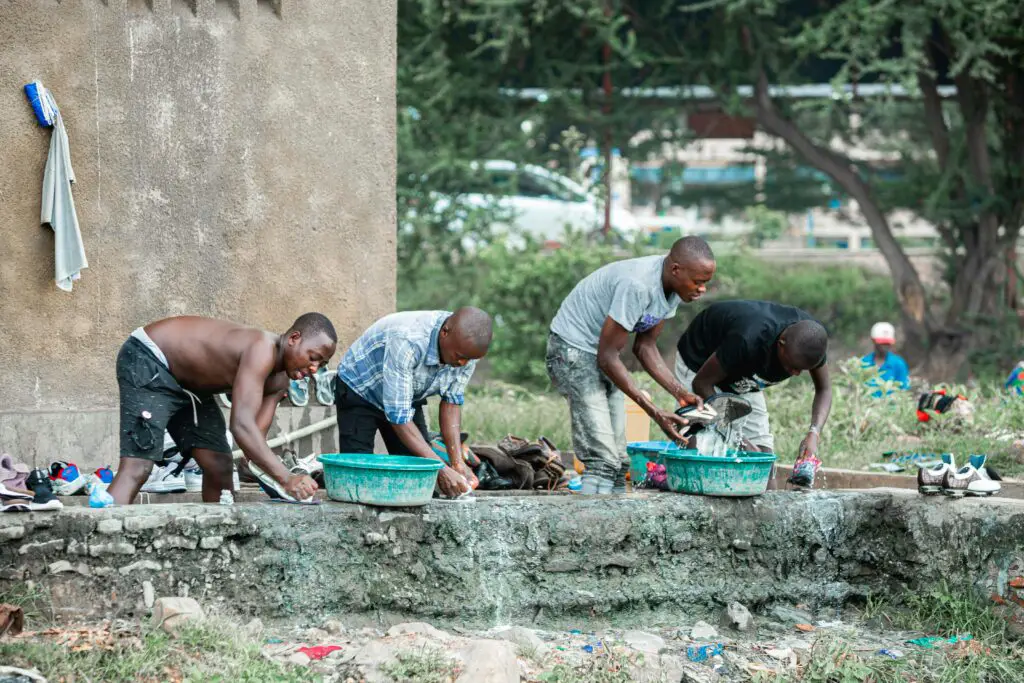
Before washing machines became a household staple, doing laundry was a true marathon. Clothes had to be soaked, scrubbed on washboards, rinsed multiple times, and wrung out by hand. It wasn’t just one load either—families often had baskets piled high, and it could take all day just to get through everyone’s garments. The process left people with sore backs, tired arms, and pruned fingers.
Drying clothes wasn’t any easier, since it usually meant hanging everything on a clothesline outside. If the weather didn’t cooperate, the chore stretched even longer. Wind could knock sheets into the dirt, or sudden rain might undo all the hard work. By the end of the day, laundry felt less like a chore and more like an endurance test.
2. Beating Rugs
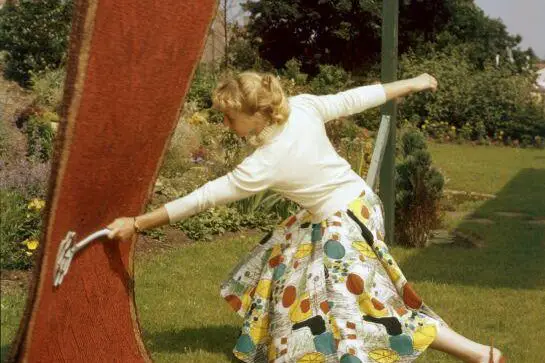
Rugs weren’t vacuumed, they were hauled outside, draped over a line or railing, and beaten with a heavy rug beater. Clouds of dust and dirt filled the air, and you could end up sneezing for hours. It was physically exhausting work, especially for large rugs that weighed a ton when carried.
Even once they were “clean,” rugs had to be left outside to air out before returning them inside. That meant rolling, hauling, and unrolling them all over again. Sometimes neighbors even helped because it was such a demanding task. It really was a full-day event just to make the living room rug look fresh again.
3. Ironing Everything
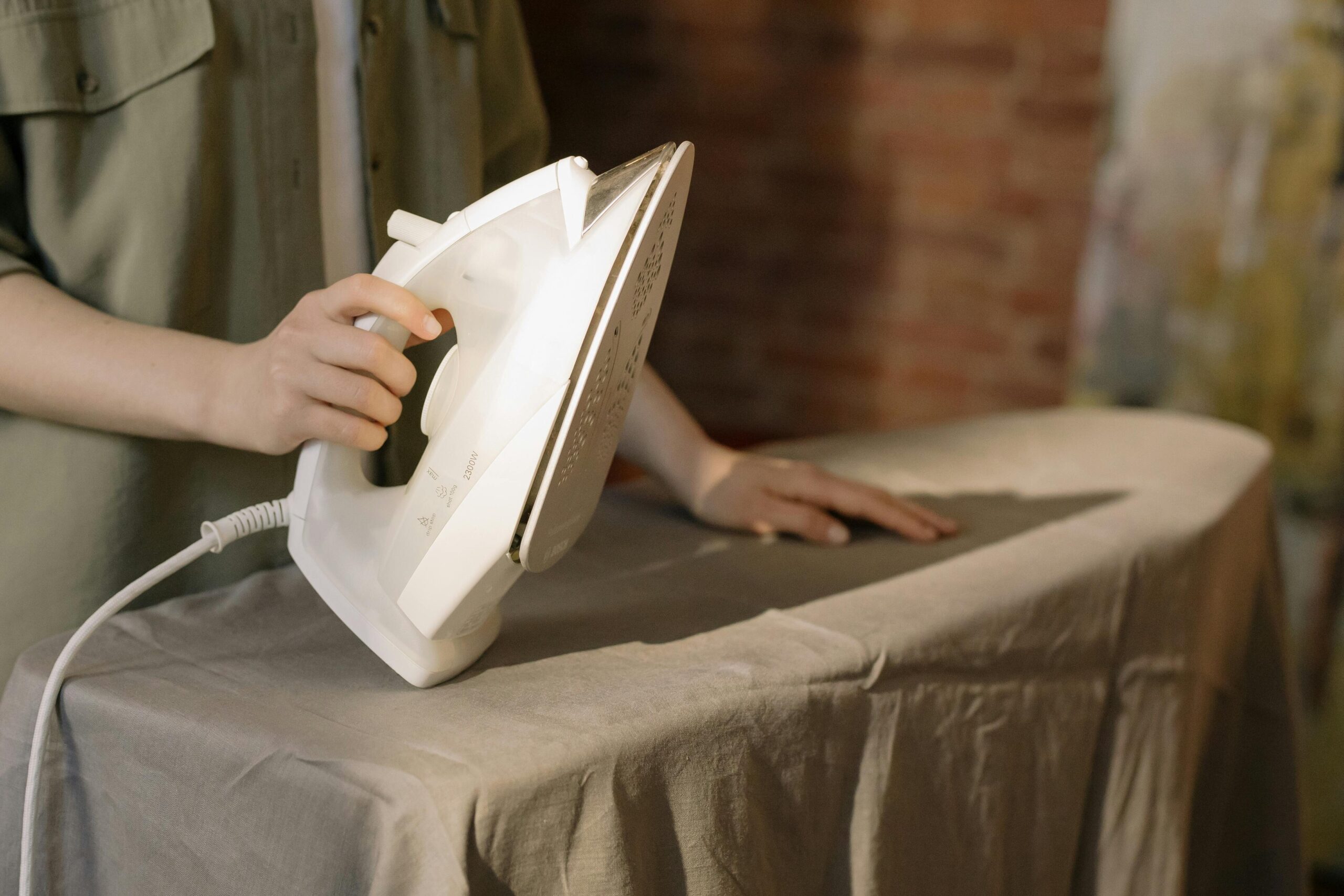
It’s hard to imagine now, but people used to iron nearly every article of clothing. Shirts, dresses, sheets, and even handkerchiefs all got smoothed out one by one. Without today’s lightweight steam irons, older irons were heavy and needed to be reheated frequently, making the process painfully slow.
The repetition of pressing collar after collar or sheet after sheet could eat up hours. Any mistake meant re-dampening and starting over. Families with kids had piles of school clothes waiting for attention, so ironing could feel endless. It was one of those chores that never really stayed finished.
4. Spring Cleaning the Kitchen

Deep-cleaning the kitchen once meant dismantling nearly everything. Shelves were emptied, dishes scrubbed, and floors scoured on hands and knees. Cabinets and pantries were wiped down shelf by shelf, and sometimes wallpaper was even re-pasted to cover grease stains.
Without modern sprays and quick cleaners, the whole process was labor-intensive. Floors were scrubbed with buckets of hot water and harsh soap, leaving hands raw. By the time the kitchen was sparkling, the sun was usually setting. It wasn’t just tidying, it was an all-day overhaul.
5. Preserving Food

Canning fruits and vegetables wasn’t a quick project—it was a household operation. Produce had to be washed, peeled, chopped, cooked, and carefully sealed in jars. The process often filled the entire kitchen with steam, and there was no rushing through it.
Families dedicated entire days to stocking their pantries this way, especially during harvest season. The work left everyone sweaty and exhausted, but it was necessary to make food last through the winter. The reward was shelves lined with gleaming jars, though the effort it took was monumental.
6. Scrubbing Floors by Hand

Before mops and Swiffers, floors were scrubbed with a bucket and brush. Women often knelt for hours, tackling every square inch with soap and water. Wooden floors in particular soaked up grime, so scrubbing was vigorous and tiring.
Once washed, floors still had to be dried and sometimes polished. Moving furniture back and forth just added to the work. By the time one room was finished, it was already time to start another. A “quick clean” back then could mean losing the entire day.
7. Making Bread from Scratch

Homemade bread wasn’t a hobby—it was a necessity. Kneading dough by hand was a long, arm-aching task, and the dough often had to rise multiple times before baking. Timing was everything, so once you started, you were committed for hours.
And that’s before you even fired up the oven. Old wood or coal stoves had to be carefully tended to reach the right temperature. The smell of baking bread filled the house, but it came at the cost of an entire day in the kitchen.
8. Washing Windows

Window washing was far more than a spritz and wipe. It meant hauling out ladders, filling buckets with soapy water, and polishing each pane by hand. Large houses with dozens of windows could easily eat up the whole day.
Glass streaked easily, so if the sun was too bright, you’d find yourself re-doing them. Curtains or drapes also had to be taken down and washed separately. By the end, your arms ached from all the reaching and scrubbing. It was the type of chore people dreaded for good reason.
9. Whitewashing Fences
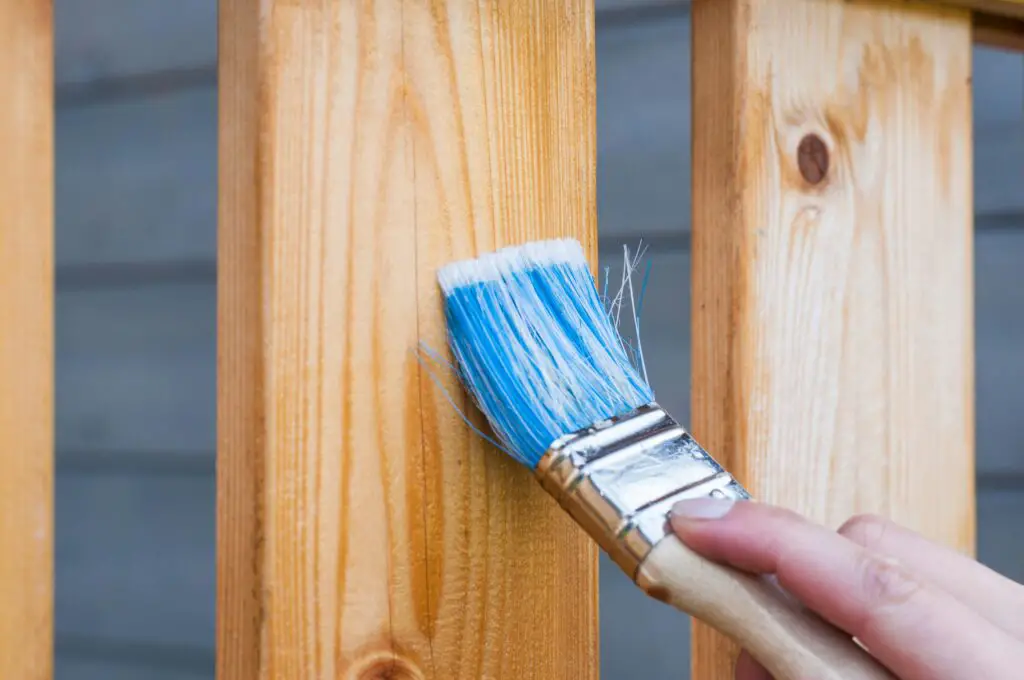
Keeping a fence looking fresh wasn’t just for Tom Sawyer—it was hard work. Whitewashing or painting took endless strokes with a brush, and outdoor weather made the job messy and slow. Every board had to be coated evenly, which was time-consuming.
If the fence was long, it felt like the chore never ended. Sun and heat made the paint dry too quickly, while wind could blow dust into it. Once you finally finished, you were usually sunburned and covered in specks of white. The job could take days if you weren’t careful.
10. Polishing Silver
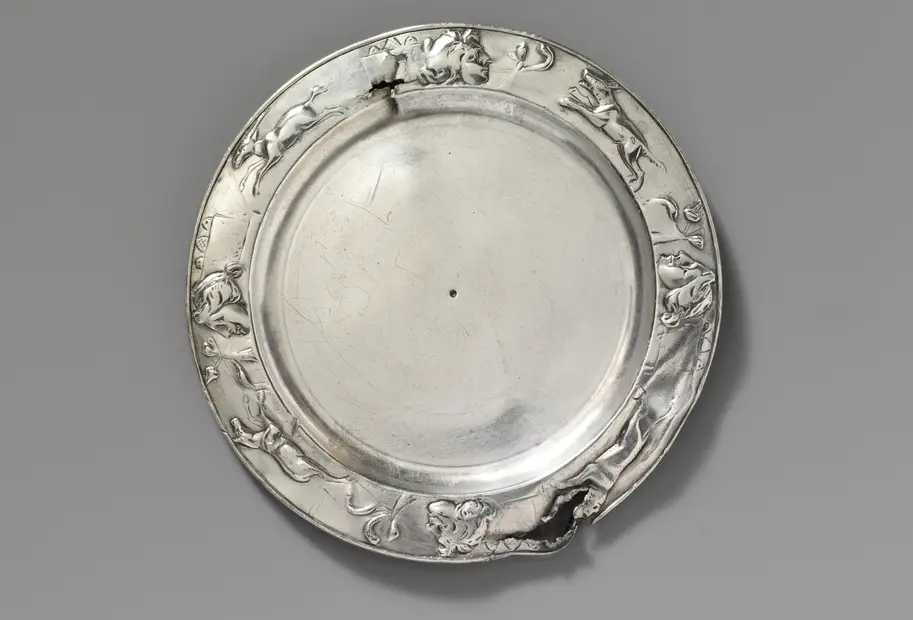
Families once pulled out all their silverware and serving pieces to polish by hand. Each fork, spoon, and tray had to be scrubbed with paste until the tarnish disappeared. It was delicate work, since silver could scratch easily.
Special occasions like holidays meant the chore stretched on for hours. Big families with lots of heirlooms often turned polishing into a group project. Even then, it was slow-going. By the end, your hands smelled of polish and your back ached from hunching over the table.
11. Making Soap
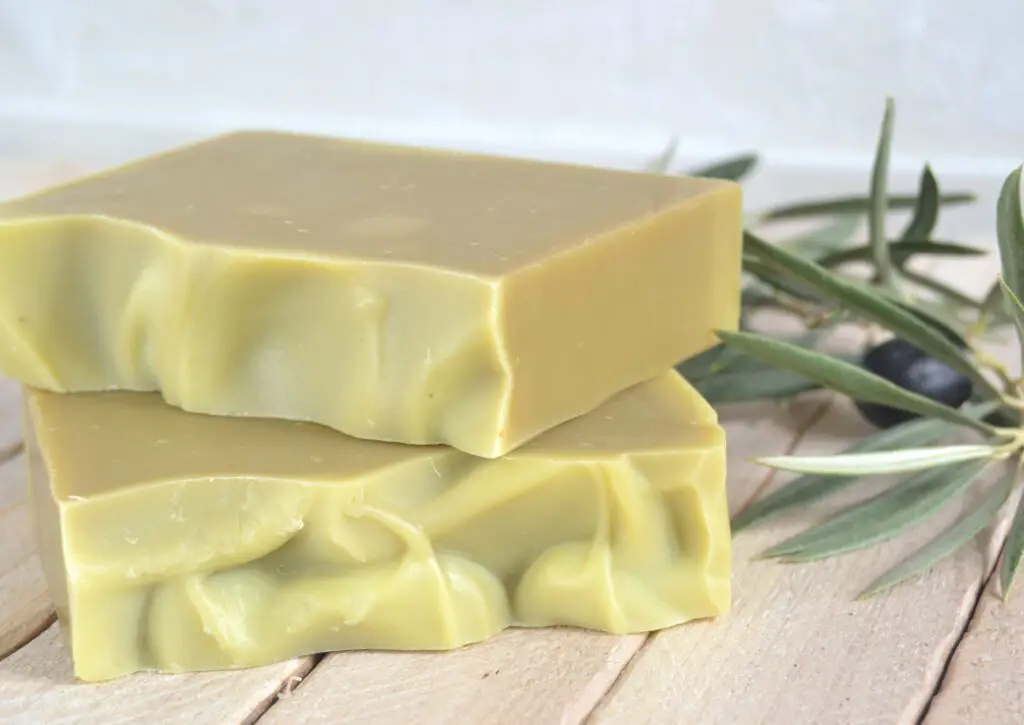
Before shelves were stocked with colorful bottles, soap was made at home. It involved boiling lye and animal fat together in big pots, which was both dangerous and time-consuming. The mixture had to be stirred constantly, often for hours.
Once finished, it had to be poured into molds and left to harden. Cutting and storing the bars added even more steps. Entire days were dedicated to producing enough soap for the household. It wasn’t glamorous work, but it was essential.
12. Mending Clothes
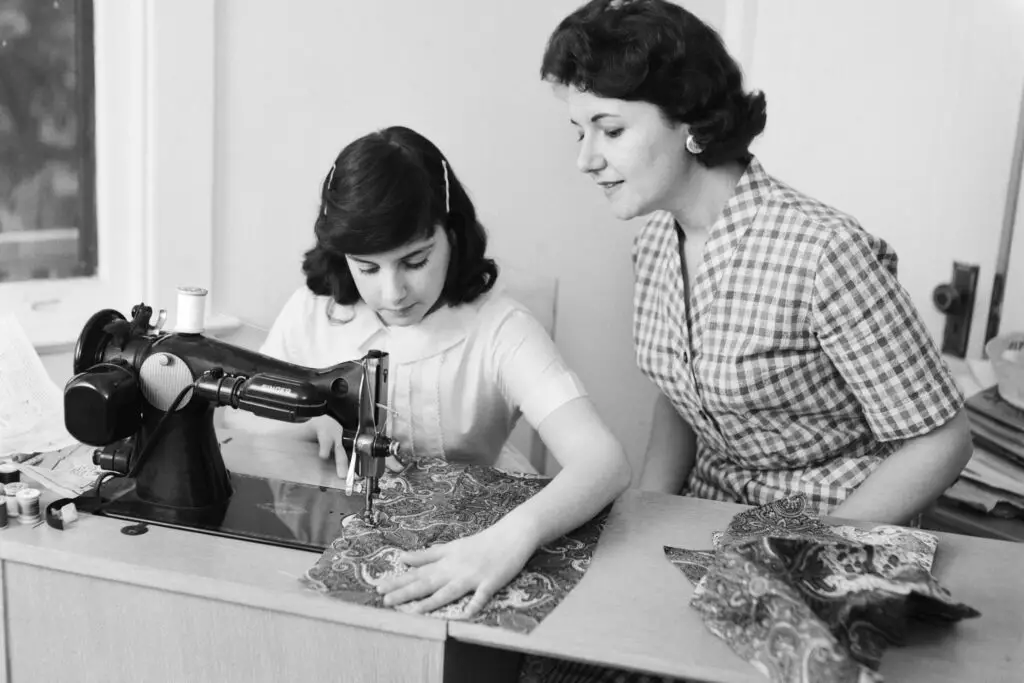
Instead of tossing out a shirt with a tear, families mended everything by hand. Sewing patches, darning socks, and reattaching buttons took incredible patience. A basket of clothes waiting to be fixed could take an entire afternoon.
Sometimes children helped, but the quality never matched a skilled hand. Large families had a steady stream of garments in need of repair, so the chore was endless. The repetitive stitching was time-consuming, and the reward was only that you avoided buying new clothes.
13. Bathing the Whole Family

Running a hot bath wasn’t as simple as turning a faucet. Water had to be pumped, carried, and heated on the stove. The first person got the cleanest water, while everyone else bathed in the same tub afterward.
By the time the last family member had their turn, the water was lukewarm and dirty. Draining and cleaning the tub afterward added to the chore. With several kids, an entire day could vanish just trying to keep everyone clean. It was a never-ending cycle of hauling, heating, and scrubbing.
